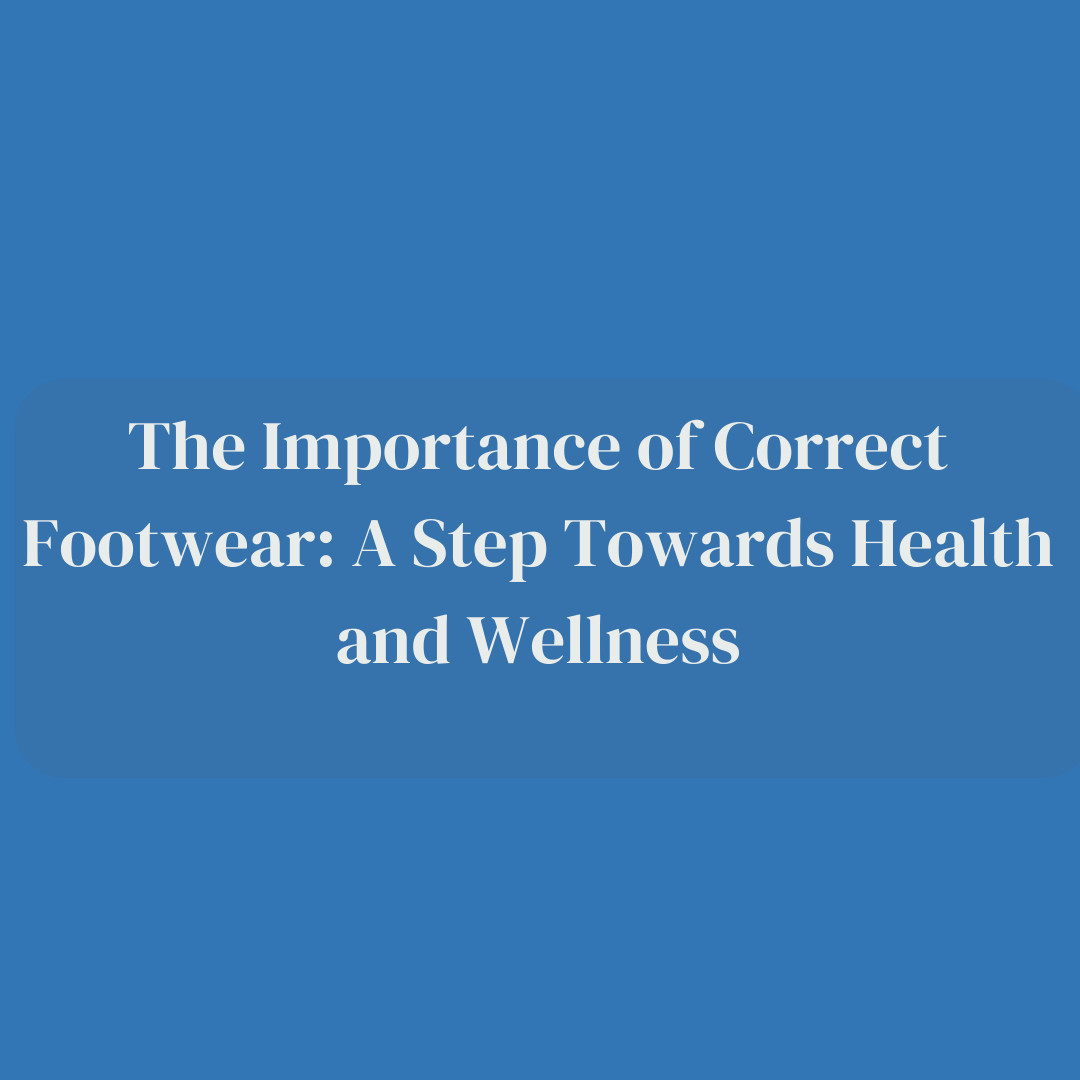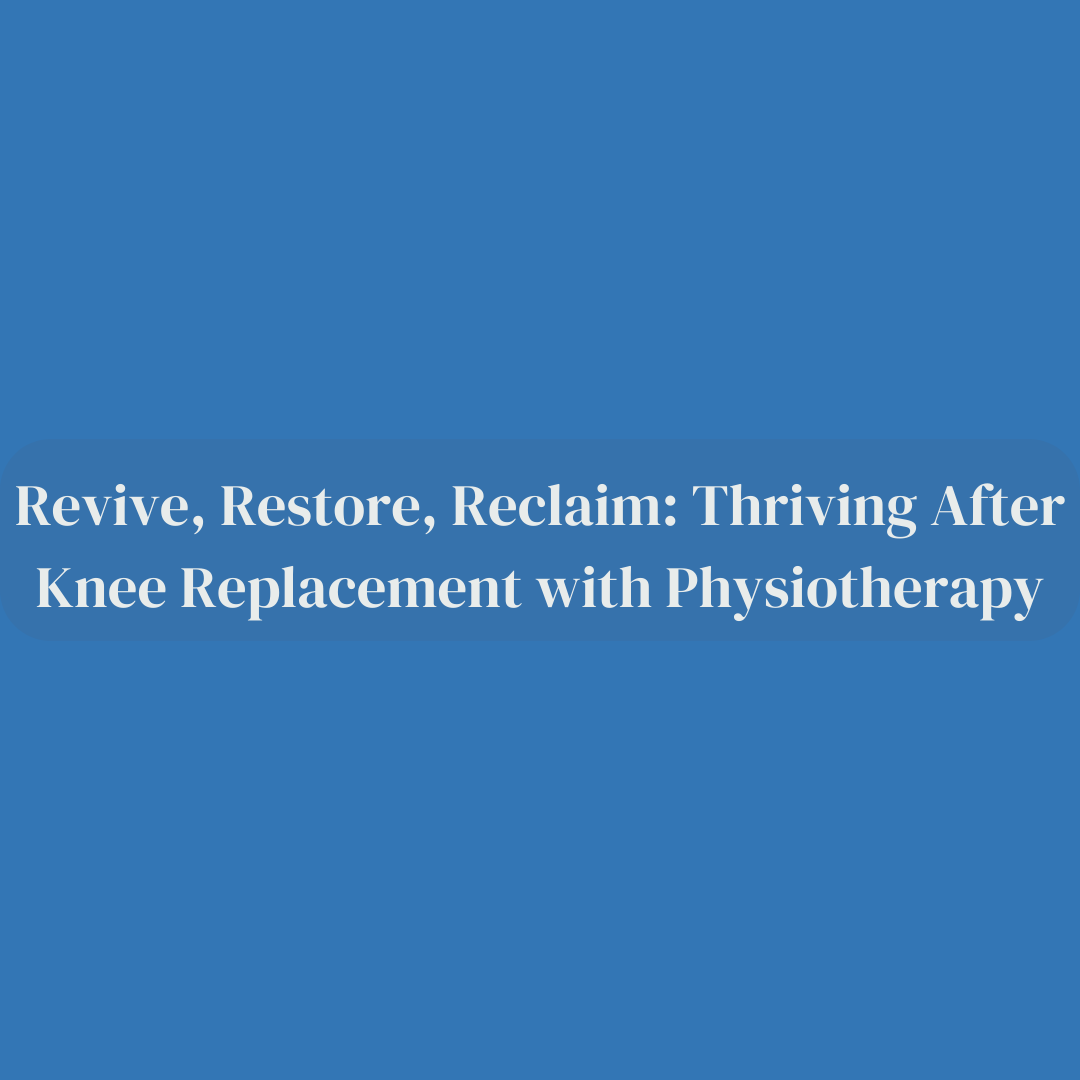Table of content
- Introduction
- Understanding the Anatomy of the Foot
- Impact of Incorrect Footwear
- Ankle Sprains: A Common Consequence
- Knee Pain: The Connection to Footwear
- Debilitating Ankle Pain: Causes and Solutions
- Choosing the Right Footwear for Your Activity
- NEUTRAL – The Normal Foot
- PRONATOR – The Flat Foot
- SUPINATOR – The High Arch Foot
- Footwear Recommendations for Each Foot Type
- NEUTRAL FOOT REQUIREMENTS
- PRONATOR FOOT REQUIREMENTS
- SUPINATOR FOOT REQUIREMENTS
- Investing in Your Foot Health: Long-Term Benefits
- Conclusion
Introduction
In the hustle and bustle of our daily lives, we often overlook the significance of one crucial element that literally carries us through life: our feet. The choice of footwear is more than just a fashion statement; it’s a critical factor in maintaining overall health and wellness. In this blog, we’ll delve into the vital importance of correct footwear, shedding light on how it can prevent common issues like knee pain, ankle sprain, and ankle discomfort. We’ll also provide guidance on choosing the right shoes based on your foot type and needs.
Understanding the Anatomy of the Foot
Before delving into the consequences of incorrect footwear, it’s crucial to grasp the complexity of the human foot. Comprising 26 bones, 33 joints, and a network of tendons and ligaments, the foot is a marvel of engineering. Each component plays a vital role in bearing our weight and facilitating movement.
Impact of Incorrect Footwear
The impact of choosing the wrong footwear extends far beyond just discomfort. It can lead to a range of serious injuries and conditions, each of which can have a significant impact on one’s quality of life. Let’s delve into some of the most common injuries associated with poor footwear:
-
Ankle Sprains: A Common Consequence
Ankle sprains are among the most prevalent injuries resulting from inadequate footwear. We’ll delve into the mechanics behind ankle sprains and how the right footwear can significantly reduce the risk of experiencing this painful condition.
-
Knee Pain: The Connection to Footwear
Surprisingly, the shoes we wear can have a profound impact on the health of our knees. We’ll explore the intricate relationship between footwear and knee pain, shedding light on how the right shoes can alleviate discomfort and support long-term knee health.
-
Debilitating Ankle Pain: Causes and Solutions
Chronic ankle pain can be a debilitating condition, limiting mobility and diminishing quality of life. Discover the common causes of ankle pain and how choosing the right footwear can be a crucial step towards finding relief.
some other common injuries associated with poor footwear-
- Plantar Fasciitis
- Shin Splints
- Achilles Tendonitis
- ITB Friction Syndrome
- Patellofemoral Pain Syndrome and Patella Tendonitis
- Stress Fractures (such as Tibial Stress Fractures)
It’s crucial to recognize that these injuries are not limited to athletes; anyone can be susceptible to them if they consistently wear footwear that doesn’t provide the necessary support and cushioning. Therefore, investing in shoes that suit your foot type and lifestyle is an essential step in preventing these painful and potentially debilitating conditions. Remember, proper footwear is not just a matter of comfort, but a vital aspect of preserving your long-term health and well-being.
Choosing the Right Shoe: A Step Toward Foot Health
Selecting the perfect shoe may seem like a simple task, but when it comes to supporting your foot type and ensuring comfort, it’s essential to make an informed choice. There are three primary categories of foot types that influence the kind of footwear you should consider:
- NEUTRAL – The Normal Foot
- PRONATOR – The Flat Foot
- SUPINATOR – The High Arch Foot
Determining your foot type can be accomplished through various methods, but one of the most effective ways is to seek professional advice from an experienced physiotherapist or podiatrist.
Alternatively, a simple at-home test involves the “wet test.” After your shower, step onto a dry surface with wet feet and examine your footprints. Here’s how to interpret the results:
If your footprints lack a C-curve on the inner aspect (figure 1), you likely have a PRONATOR (flat foot).


If you observe a pronounced C-curve on the inner aspect (figure 2), you’re likely a SUPINATOR (high arch).


If your footprints fall somewhere in between (figure 3), you likely have a NEUTRAL (normal foot).


Figure 3 (Normal Foot)
Footwear Recommendations for Each Foot Type
Neutral Foot Requirements
Ideal shoes for neutral feet should not have specific arch support, as the natural arch is well-balanced.
Focus on choosing shoes that offer excellent cushioning, comfort, and stability to support the foot’s natural state.
Pronator Foot Requirements
If you have flat feet (pronator), your best choice is a motion control or stability shoe.
These shoes typically feature a firm midsole and strong arch support to counteract excessive pronation.
The primary goal of these shoes is to control and slow down the inward rolling of the foot.
Supinator Foot Requirements
High-arched feet (supinators) require shoes that priorities comfort and extra cushioning. Look for footwear designed to encourage pronation, as supinators tend to underpromote. Avoid motion control or stability shoes, as they are not suitable for this foot type.
Tailoring Your Shoe Selection to Your Foot Type
Once you’ve identified your foot type, it’s essential to choose shoes that align with your specific requirements. This is especially crucial because various shoe types are designed with different properties to cater to specific activities, such as walking, running, tennis, or cross-training.
For instance, if you plan to use your shoes primarily for walking and you have pronating (flat) feet, opt for walking shoes designed to support pronation. This targeted approach ensures that your choice not only suits your activity but also provides the necessary support to maintain your foot health.
By understanding your foot type and selecting appropriate footwear, you’re taking a significant step towards enhancing your overall comfort, preventing injuries, and promoting the health of your feet. Make your next shoe purchase an investment in your well-being.
Investing in Your Foot Health: Long-Term Benefits
The right footwear is an investment in your long-term foot health. We’ll outline the numerous benefits that come from prioritizing quality footwear choices.
Conclusion
In conclusion, the importance of choosing the right footwear cannot be overstated. It is not merely a matter of comfort or style, but a fundamental element in preserving your overall health and well-being. By opting for shoes that provide adequate support, you can prevent issues like knee pain, ankle sprain, and ankle discomfort. Additionally, consulting with a physiotherapist can offer invaluable insights into maintaining optimal foot health. Remember, investing in the right pair of shoes is an investment in your long-term health and vitality. Take that step towards a healthier you today!
Ready to explore your options for chiropractic and physiotherapy? Contact SwastyaPhysio today to schedule a consultation and discover the best path to your wellness journey. We’re here to support your health every step of the way.
Banaswadi | HBR layout | Kalyan Nagar | Kammanahalli | Horamavu | Hennur






